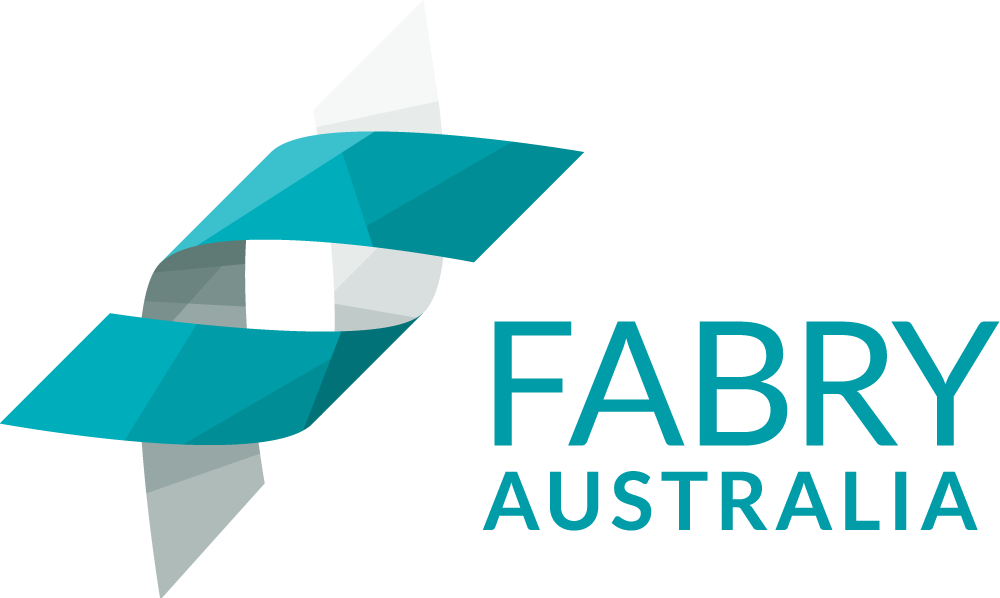Celebrating 30 years of Fabry Australia with ‘30 Fabry Stories, from the Australian Fabry Community.’
Tanya Tindall is carer to husband Brad, diagnosed with Fabry in 2016. Her daughter Chloe, now 18, also inherited Fabry
“You have to advocate for your own health through the system.”
 When Brad was diagnosed it was almost a relief. He suffered symptoms and wasn’t diagnosed over many years. There were so many missed opportunities.
When Brad was diagnosed it was almost a relief. He suffered symptoms and wasn’t diagnosed over many years. There were so many missed opportunities.
As his symptoms were well advanced he went onto enzyme replacement therapy (ERT) straight away. A few days later he suffered a stroke and lost a lot of cognitive functioning.
He’s not able to work and his cognitive ability has declined.
It’s been a long journey to understand Fabry. It can affect all systems in the body, so you need a holistic approach to care and treatment. The health system just isn’t set up to cope with a multi-disciplinary rare disease.
When Brad suffered a crisis we’d go to the emergency department and have to wait hours to be seen. It’s worse on weekends. Then doctors wouldn’t understand Fabry. It’s an invisible disease.
In the end it’s better to stay at home and ride out the crisis.
We need fast access to specialists in neurology and cardiology, but we have to get referrals every time we need a consultation. We can’t access private specialists for 12-18 months. My daughter Chloe had to wait seven months to get an MRI.
My hope for the future is better treatments and access for younger people much earlier to stop the onset of decline. We need more advocacy for our own health needs with Fabry. Brad has me to advocate for him. If I didn’t I don’t know where we’d be.
